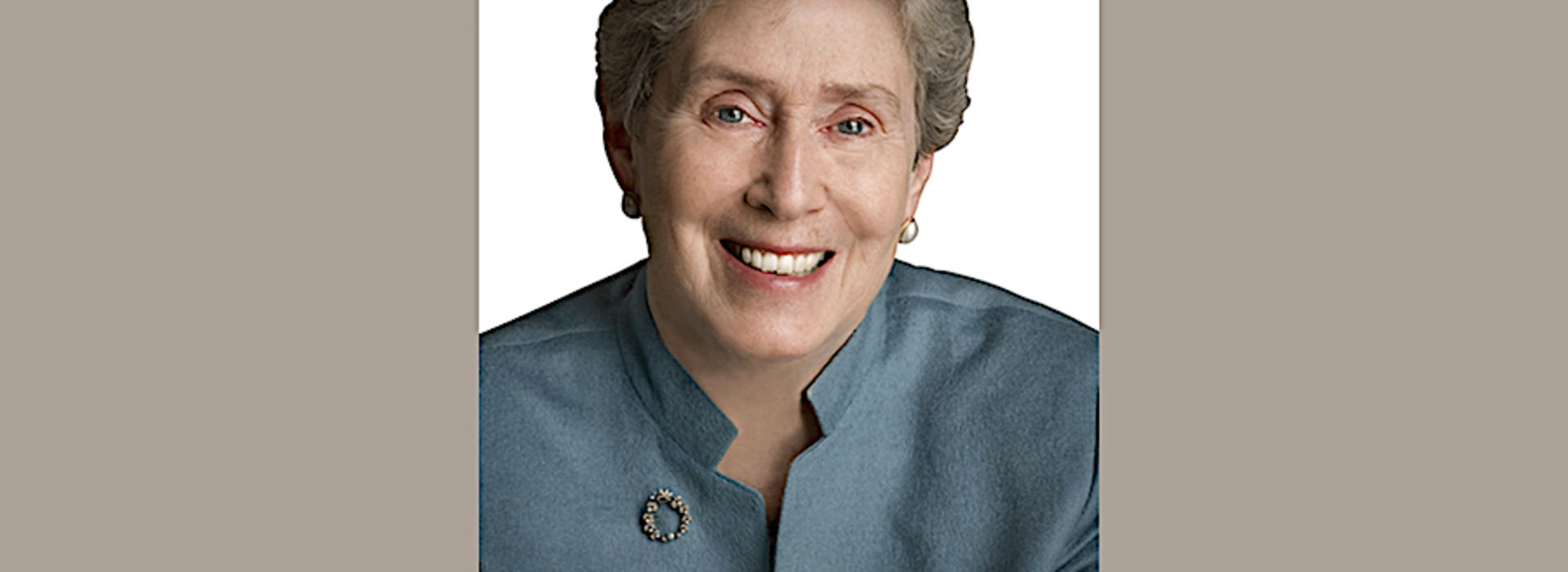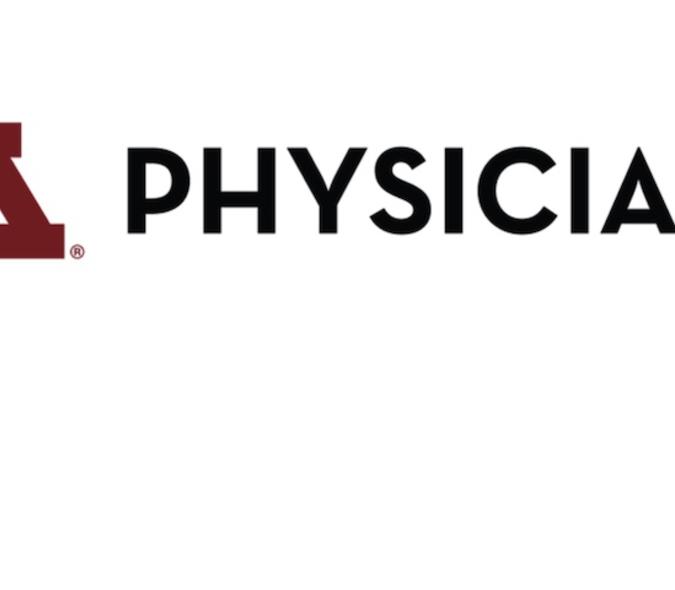
Powell’s retirement highlights a champion of medical education in an era of social change
The historic pace of social change picked up in the last century. Examples abound. Few, however, are as pronounced and remarkable as the shift of medical education from a pursuit dominated by young men to one in which young women reached parity in just 40 years.
Women didn’t stop there. The Association of American Medical Colleges (AAMC) reported in 2019 that, for the first time, women made up the majority of medical school applicants and enrollees, reflecting a national trend that more women than men are enrolling in and graduating from college. More women than men earned MD degrees nationally in 2023 as they had the previous two years, with the gap inching wider
Closing the gap
No one has experienced this social transformation more directly than Dean Emerita and LMP professor Deborah Powell. When she graduated from Tufts University School of Medicine in 1965, Powell was among the seven percent of women graduates from medical schools nationwide. Ten percent at the time was considered a tacit ceiling. Four decades later, the figure was 47 percent and climbing. It is thanks in no small part to advocates for equity in medical education like Powell that the traditional patriarchy of medicine, still prevalent in the 1960s, began to give way and make way for the diversity witnessed at medical school graduation ceremonies today.
“I was one of six women in my medical school class, and I was one of the first five women to become dean of a medical school,” Powell said in an interview. Elected in 2000 to the Institute of Medicine (now the National Academy of Medicine), she is retiring in June after 22 years as an LMP faculty member. “For me, growing up, I was in an era when women were anomalies. I felt that the exclusion of women, people from lower socio-economic backgrounds, people from different racial and ethnic groups, was wrong. We should open things to everybody. I’ve been interested for a very long time in helping people break down barriers. I had to break barriers. It was challenging. It shouldn’t be so hard.",
Born in the historic Massachusetts manufacturing town of Lynn, Powell grew up in the adjacent seaside community of Swampscott. In a 2003 interview for the National Library of Medicine’s “Celebrating America’s Women Physicians” exhibit, she said she became a physician for several reasons. “In high school I enjoyed sciences, especially biology, I had considered becoming a nurse because I was interested in health care, but was very interested in the idea of a profession that provided help and support to people. Ultimately, I decided that I would be more challenged by a career as a physician.” Powell said she made this decision while still in high school and stuck with it through her undergraduate years at Radcliffe College. Upon graduating cum laude, she entered Tufts. Between her first and second year of medical school she spent a year at the University of Gothenburg School of Medicine in Sweden.
In medical school, Powell first contemplated a career in pediatrics, then internal medicine. The field of pathology has been the beneficiary of these two roads not taken by Powell. She was planning to pursue internal medicine upon graduation but toward the end of her fourth year she was pregnant with her daughter and unable to begin a residency. Abner Golden, the chair of pathology at Georgetown University Medical Center, offered her an internship in pathology. She accepted his offer and has never looked back. “I loved it!” she said in a 2018 interview for her LMP “Legends in Pathology” video. “And I didn’t expect to. I expected to do the year and then go back to internal medicine.” A three-year residency in anatomic pathology at the National Cancer Institute’s Pathologic Anatomy Branch and a year as a research fellow at the National Institute for Biological Standards and Control (NIBSC) whetted her appetite for research.
A fortuitous decision
Powell’s decision to take a pathology internship at Georgetown was fortuitous. After her residency and fellowship, pathology chair Abner Golden offered her a faculty position, and she accepted. We often hear of serendipity in scientific research and technological innovation—the chance coming together of people and ideas for good outcomes. Serendipity also occurs in science education. Powell has been a leader in medical education for decades. “That was because of Abner, who was a teacher,” Powell said. “When I was at Georgetown he encouraged everybody to teach. And he innovated teaching at Georgetown. We gave lectures, but we also had smaller groups. He was always thinking about new ways to teach.”
Golden was the consummate mentor for Powell, and mentorship is key to building a pathology community. His influence was such that Powell and her husband Ralph (Tad) Powell agreed to join Golden when he took the position of pathology chair at the University of Kentucky College of Medicine in Lexington. After 20 years there, nine of them as pathology chair herself, Powell accepted the position of dean at the University of Kansas School of Medicine. Five years later, in 2002, she was recruited by the University’s Medical School to serve as dean. Powell stepped down from that role in 2009 but not before designing and implementing a number of enduring educational innovations.
Indeed, a key reason Powell accepted the position as dean, against the advice of some colleagues, was because she felt she could make a difference in medical education at Minnesota. One innovation she initiated early in her deanship was the Flexible MD Program, which allows students to take a leave of absence from medical school and/or extend their graduation date, giving them time to participate in the experience they choose. Students may take up to six years to complete their medical education and pay the same price to earn their MD. “Minnesota didn’t want to do it,” Powell said, noting that the student affairs dean was reluctant. “I wanted to do it because I wanted to give students the opportunity to explore new things in medical school while they were there, and I also wanted to change the tuition structure because when I came we were the second most expensive public medical school in the country and on track to be the most expensive. I thought that was wrong.”
Powell said she also wanted students who were struggling in medical school to have the opportunity to “decelerate” without penalty. “It was a multi-pronged approach. By capping tuition and saying you could have up to six years in medical school with no increase in tuition once we let you in, and you were going to be paying for 11 semesters of tuition but you could take six years and still be enrolled in medical school and you could still explore the things that you wanted to explore, or if you wanted to take time off, or you could decelerate and go a little more slowly. Nobody else has ever done that. This is unique to Minnesota."
The EPAC experiment
Powell wanted to do things that “made more sense” in medical education, and not just in Minnesota. “So much in medical education was people just following trends, following the same old thing, and I thought we could do things that were different,” she said. It was in collaborating with Carol Carraccio, a pediatrician then at the University of Maryland School of Maryland who advanced competency-based medical education (CBME), that led Powell to her proudest accomplishment -- what would become known as Education in
“The biggest thing I did was EPAC,” Powell said of her collaboration with Carraccio and AAMC colleagues. “We’re more than 10 years out. The first EPAC class entered in 2013. They’re all now finished, all the cohorts. We got the medical schools to take four cohorts of students and to teach them through residency.”
All EPAC students have graduated from residency in less time than it normally would have taken them, Powell said. “So we proved that you could do time-variable, competency-based advancement of medical students into residency and then through residency into fellowship or practice. It's been a great success, such a great innovation that other people are now beginning to copy it. I’m so happy that we could have made this, what I think is a major contribution to competency-based education.”
Powell credits the carefully selected students themselves for EPAC’s success. “Those students were very brave because they were taking a chance on us,” she said. “All succeeded. It showed that if you could really personalize education they could take control of it. The students took control of the way they learned and the way they sought feedback and the way they got feedback from their preceptors. They thrived.” She noted that the EPAC students didn’t have exceptional MCAT scores, which led to occasional pushback from some people running residency programs, but EPAC persevered. “We didn’t depend on grades. We depended on how satisfactorily they met the entrustable professional activities for entering residency. They all met them very early in their training.” The first EPAC student at Minnesota entered pediatrics residency in August of what would have been her fourth year in Medical School, “so she had almost no fourth year at all. She was one of the most successful students in EPAC. It was totally different. It upended things based on grades.”
Powell expects other disciplines, including pathology, to offer the EPAC alternative. The American Board of Pathology (ABPath), where Powell has served as a trustee (1995-2006) is interested in competency-based education, allowing Massachusetts General Hospital (MGH) to advance its residents through promotion in place, she said. “They’re now on their third cohort at MGH doing that. One of our graduates is there. I encouraged her because I knew about promotion in place and I knew how interested they were in doing this."
Innovation and the pathology pipeline
On the subject of pathology education for medical students, Powell expresses some misgivings with the current direction. Last year, the College of American Pathologists (CAP) released “Pathology 101: A specialty review for medical students” as a way of encouraging medical students to consider careers in pathology, particularly given the reported shortage of pathologists in the U.S. and the downward trend of medical school graduates entering the field
But is innovation being taken into account in pathology education for medical students? Are curricular changes currently underway able to address the basic concepts of disease? Powell is blunt. “I’m very discouraged about it,” she said. “I think pathology is being devalued. I think pathologists have so much to offer. We should be, I think, front and center in medical education because pathologists understand the pathobiology of disease better than anybody knows.”
Powell notes that the current trend is designing and implementing an “organ system-based curriculum,” shortening the first two years of medical school to a year-and-a-half or even less, and shortening the teaching of basic science, which she adamantly opposes. “I think that pathologists should be the people who are leading the way in the basic sciences and instead we’re being shut out of training.”
To address the challenge pathology faces in education, the Association for Academic Pathology (AAPath) has created an Academy of Distinguished Pathology Educators of which Powell is a member and will chair next year. Its purpose is to “advance excellence in pathology pedagogy, support scholarship and innovation in pathology education and training, and develop educational leaders to serve within their medical schools, as well as national organizations.”
“One of the working groups in the academy of the initial 20 members is the pathobiology working group,” Powell said. “We’re thinking about how we can help departments of pathology with their educators front and center. That’s what we need to do.” Her thesis – and she’ll be writing some papers about the problem – is that pathology has become highly specialized. “A lot of clinicians see pathologists as only very narrow subspecialists,” she said. “They say my pathologist is the kidney pathologist, or my pathologist is the GU [genitourinary] pathologist, or my pathologist is the breast pathologist. They’ve forgotten that we understand disease in its broadest terms.”
In Powell’s view, if medical schools are going to deemphasize instruction in the basic sciences, then they need inform incoming students what they are expected to know before they arrive. “They need to start out with those first chapters of Robbins and Cotran Pathologic Basis of Disease or whatever textbook you use and be able to talk about cell injury, cell death, apoptosis, necrosis, the inflammatory response, the basis of genetics, neoplasia, immunology…you start there because that’s human pathobiology and that’s what they don’t get in college. You give them a blueprint of what they need to know, what we’re not going to have time to teach them.” Completing Kaplan educational courses in topics they did not have in college but need for medical school can help incoming medical students be prepared, she said.
It would pay for Powell’s voice on the subject of medical education, her lifelong passion, to be heard. No one else brings to the discussion the transformation in medical education she herself embodies over nearly six decades beginning at a time when women were largely invisible and diversity in higher education was a nascent concept. Her advocacy for diversity, equity, and inclusion (DEI) is born from her being a witness: to the anomaly of a driven University of Kentucky medical student from Appalachia in bib overalls, to the western Kansas farmer telling Powell “that was a two hanky experience” after seeing his granddaughter graduate, and to the remarkable human panoply at White Coat and graduation ceremonies today.
The opening of medical education to new people and new ideas was not foreordained, particularly given its sometimes hidebound past. Medicine needed and needs leaders like Powell who are not satisfied with the way things are, who see a better prospect over the horizon and are determined to reach for it.



